Mozambique: Population growth in Bazaruto Park worries authorities
Mozambique’s Gorongosa National Park celebrates World Ranger Day
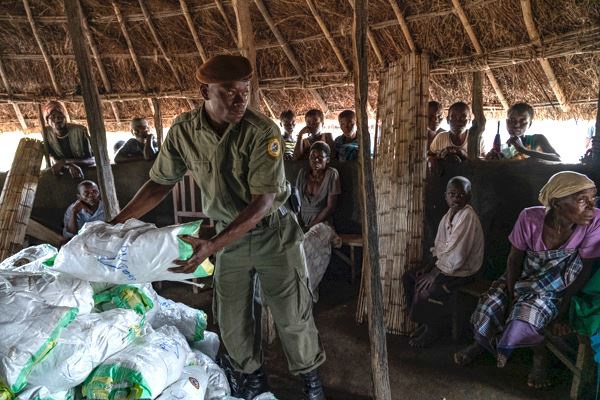
All photos: Courtesy of Gorongosa National Park
- In celebration of Gorongosa National Park’s 60th anniversary on July 23rd and World Ranger Day on July 31st, we salute our dedicated Park rangers working on the front lines of conservation and human-wildlife coexistence.
At a time of global species extinction and shrinking natural habitats, Gorongosa National Park in Mozambique is playing its part to reverse the tide. In Mozambique, 25% of national land is designated as a ‘Conservation Area’. National Parks like Gorongosa receive the highest level of protection, preserved only for wildlife.
In Gorongosa National Park, we are guided by the principle that nature conservation and community development must go together. The Park employs approximately 1,000 people from surrounding communities, a vital part of the local economy. The Park also implements education, health care, and sustainable agriculture programs in the ‘Buffer Zone’ around the Park, a protected area of mixed use where wildlife and people overlap. Human-wildlife coexistence in this shared space requires ongoing dialogue and cooperation between the Park and local communities.
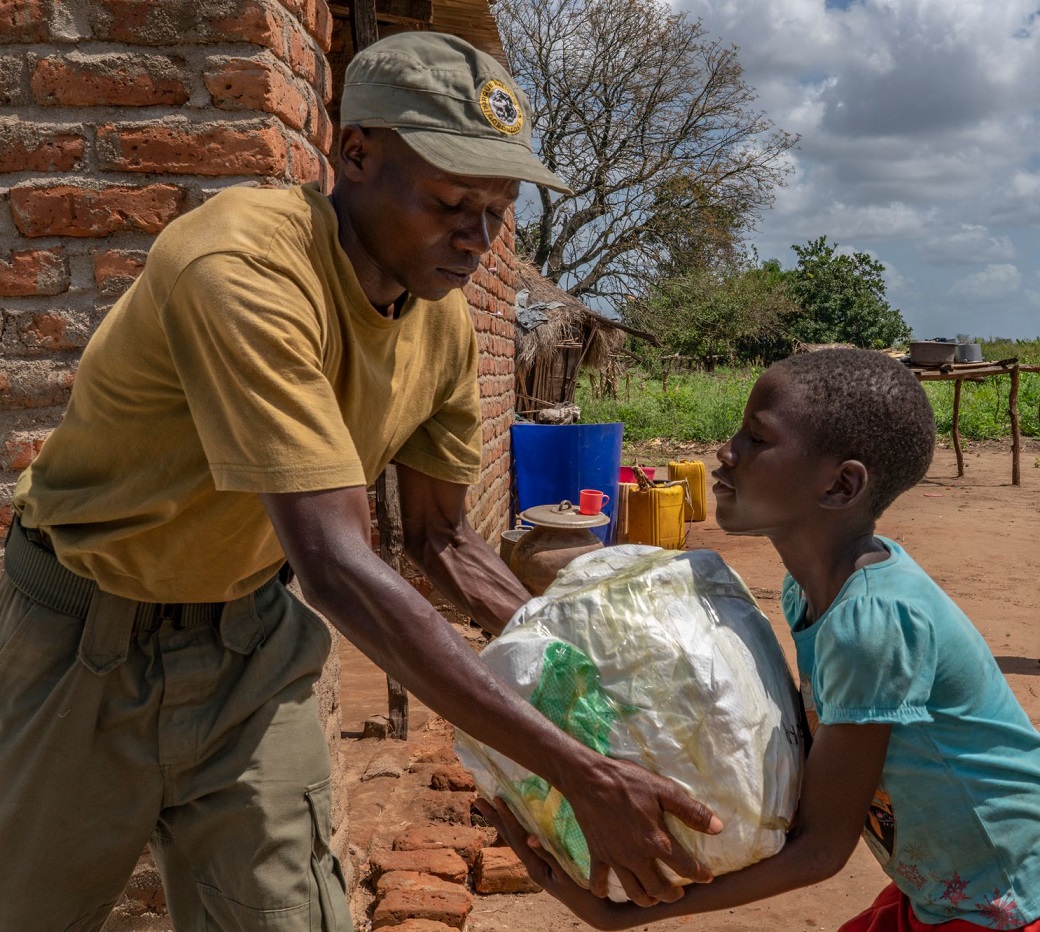
Funded by the United Nations Development Program (UNDP), Gorongosa National Park uses several inter-disciplinary strategies to promote coexistence between people and wildlife in the Buffer Zone. The Human-Wildlife Coexistence team works closely with farmers near the River Pungwe, the Park’s southern boundary. Due to its proximity to the Park, this area is a hotspot for human-elephant interactions, as both rely on the river for survival. Elephants sometimes cross the river and feed on people’s crops, either directly from the fields in growing season or from storage places after harvest.
Between January 2019 and July 2020, the Park’s Human-Wildlife Coexistence team employed 42 collaborators (including 12 women) to work on 720 projects that benefit approximately 6,480 people striving to coexist with elephants.
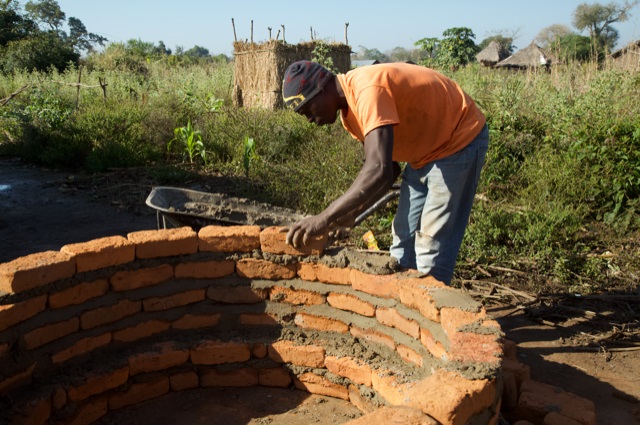
The team built 67 ‘elephant-proof’ concrete silos to store and protect people’s valuable crops. 53 more silos will be built by the end of this year. These structures also protect the food from rodents and other pests. The Park trains and employs local people to build the silos, transferring construction skills during the process. We focus the majority of our employment and training on women because one of the Park’s goals is to advance gender equity.
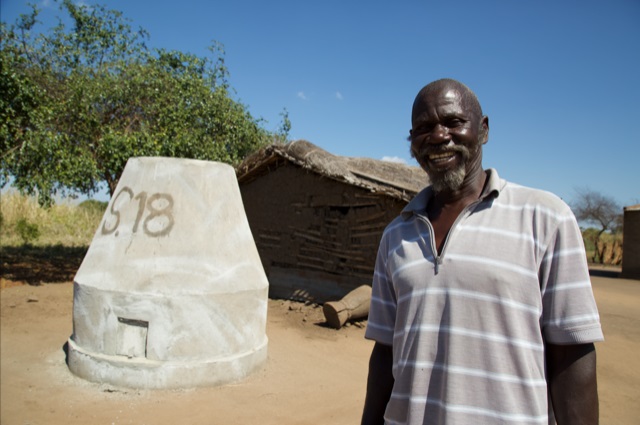
Hortência Tenese and Ernesto Jeque, from the Vinho community, beneficiaries of the silos, said there was no loss of food harvested from the fields after the silo construction.
The elephant-proof silos are just one aspect of our human-elephant coexistence strategy.
Beehives and beehive fences
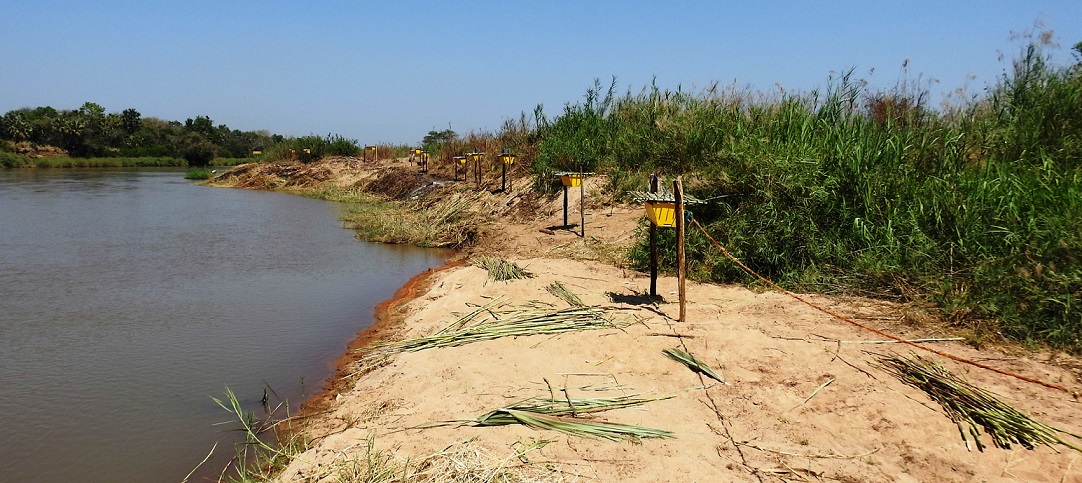
Beehive fences are an additional tactic. First developed in Kenya by Dr. Lucy King and Save the Elephants, beehive fences are an effective tool for human-elephant coexistence.
To create the beehive fence, community members hang beehives on wooden poles connected by ropes. If an elephant crosses the river and tries to get through the fence to the farmland, it pushes the rope and disturbs the beehives. Feeling threatened, the bees leave the hive and attack the elephant, sending it back across the river to the Park. Despite its size and strength, an elephant avoids bees because it doesn’t like getting stung on its sensitive trunk and ears.
Local people don’t just get protection from the beehive fences. The Park’s Sustainable Development team trains the beekeepers to harvest, process and store the honey properly, and markets it under the Gorongosa Brands label, providing additional income to anyone that wishes to sell their surplus honey.
In 2019, 200 beehive fences were erected along the bank of the Pungue River. An additional 400 beehives will be erected in the next 3 months and will be run by women living in the area. Many more will be built during the coming years.
Tobias Cinco Reis, from Vinho community, a collaborator on the beehive fencing project, said he was gaining many benefits and, at the same time, he is happy to help his community.
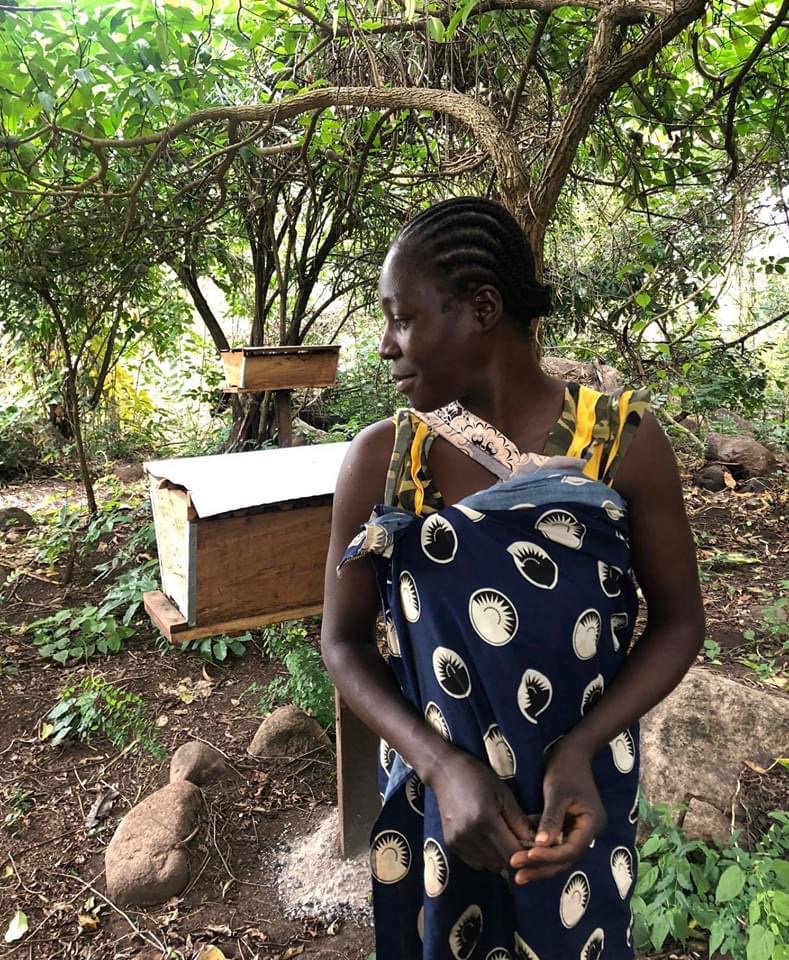
Guarding the farms at night
To further promote human-wildlife coexistence, Gorongosa Park Rangers are posted to guard the farms at night (when elephants are most likely to cross the river). The Rangers use firecrackers and other deterrents to send the elephants back to the park. This work requires extraordinary bravery from the Rangers in their mission to protect both people and wildlife.
After Cyclone Idai in March, 2019, Park rangers also demonstrated their commitment to local communities by wading through deep floodwaters to deliver emergency food to over 30,000 people. Many of these Rangers had lost their own homes and farms in the flooding but they dutifully put the needs of others first. Their dedication and commitment during that historic moment will always be remembered and honoured.
Today, on World Ranger Day, on behalf of Gorongosa National Park and the communities we coexist with, we sincerely thank our Park Rangers for everything they do.
About the Gorongosa Project
Gorongosa National Park (GNP) in Mozambique is perhaps Africa’s greatest wildlife restoration story. In 2008, a 20-year Public-Private Partnership was established for the joint management of GNP between the Government of Mozambique and the Carr Foundation (Gorongosa Project), a US nonprofit organisation. In 2016, the Government of Mozambique approved the extension for another 25 years of joint management. By adopting a 21st Century conservation model of balancing the needs of wildlife and people, Gorongosa is protecting and saving this beautiful wilderness, returning it to its rightful place as one of Africa’s greatest national parks.
GNP has been described as one of the most diverse parks on Earth, covering a vast expanse of 400,000 hectares. In recent years, the Gorongosa Project, with the support of Mozambique’s National Administration of Conservation Areas (ANAC), has ensured the protection of a recovering population of lions in this system, successfully reduced key threats, and has been recognised as one of National Geographic’s “Last Wild Places” and by TIME Magazine as one of the “World’s Greatest Places – 2019”.
Wildlife Rangers are mothers, fathers, grandfathers and grandmothers, sisters and brothers. #WorldRangerDay is July 31. Let’s shine on the planet’s most dedicated. For them, being a ranger is more than just a “job.” It’s a calling to a lifetime of service to others. pic.twitter.com/TNvuWPiUln
— Gorongosa National Park (@GorongosaPark) July 29, 2020


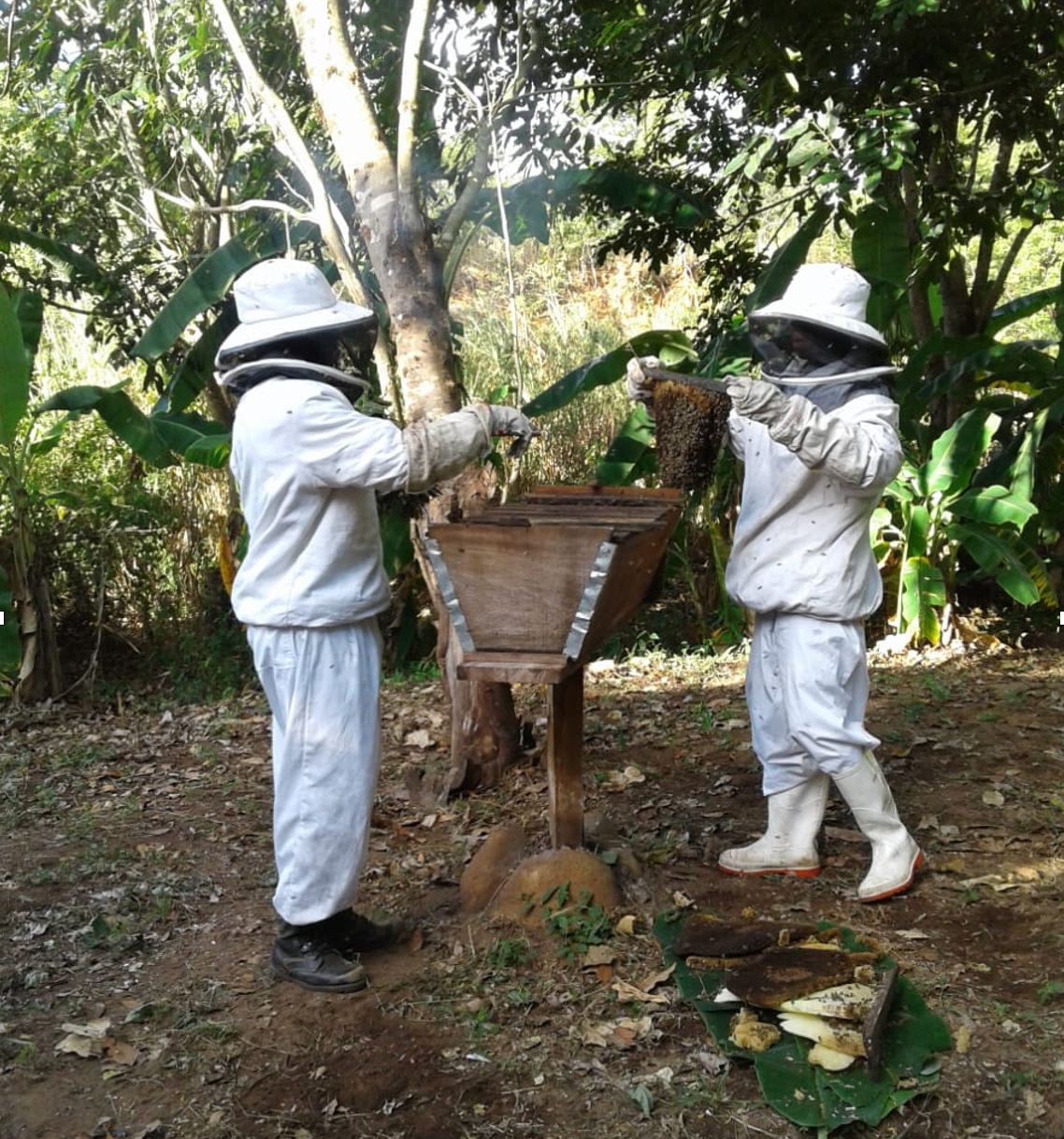
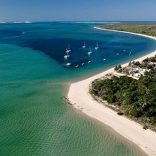
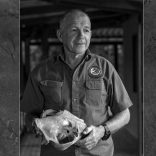

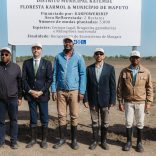




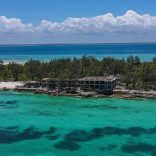
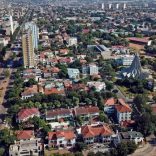
Leave a Reply
Be the First to Comment!
You must be logged in to post a comment.
You must be logged in to post a comment.